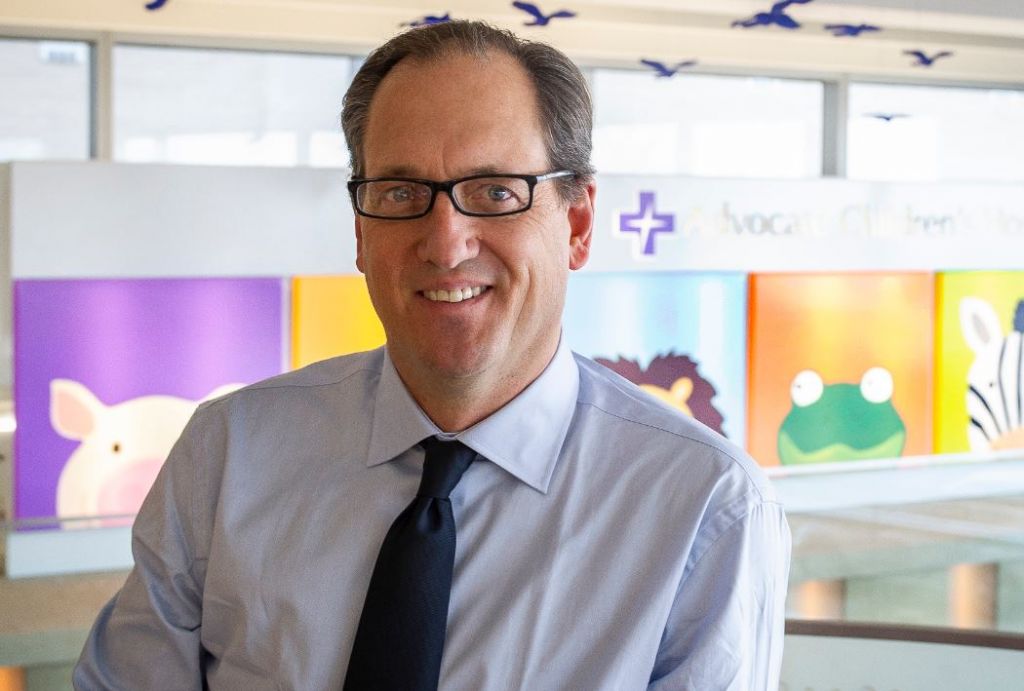This is the most common birth defect

There are more adults living with congenital heart disease than ever before. That fact alone reflects the incredible medical advances we have seen in diagnosing and treating heart defects in infants over the past 60 years. Defects that might once have been considered irreparable are now found early with state-of-the-art imaging and, in many cases, repaired during complex yet successful surgeries earlier in life.
Congenital, (meaning present at birth), heart defects are the most common of all malformations. These are structural problems with the walls, valves, arteries or veins within a baby’s heart. Most often, it is a hole or leaky valve. The defect interrupts the normal flow of blood to and from the heart. In fact, it is bluish tint to an infant’s fingers or lips that can signal immediately after birth that a baby is lacking oxygenated blood and has a heart defect.
Of the four million infants born each year in the U.S., one percent, or 40,000, are diagnosed. One in four of those babies will require a procedure or surgery. Today, many heart defects are diagnosed while the baby is still in its mother’s womb. For those with critical issues, early diagnosis enables pediatric cardiovascular surgeons like myself to intervene quickly after birth and perform procedures or surgery to repair the defect.
As you can imagine, because an infant’s heart is so tiny, surgery can be intricate and challenging. But today, we are extremely successful in correcting problems, enabling children to live actively into adulthood.
While parents get little or no warning about the need for surgery, they should ask lots of questions when choosing a pediatric cardiologist, cardiovascular surgeon and heart program:
- What pediatric cardiologists and pediatric cardiovascular surgeons are most experienced and best trained in treating congenital heart defects?
- How many patients do the physicians and program see with heart defects each year?
- What is the volume of surgery performed by the pediatric cardiovascular surgeon?
- What are patient survival rates? Information is publicly available on the Society of Thoracic Surgeons website, where programs are either rated or ranked by complexity, volumes and outcomes.
- Does the program have any accreditations for quality and safety?
- What extended services does the program provide for the ongoing treatment of your child?
Because children with heart defects will need ongoing care, choosing the right heart program is of paramount importance. As the child grows older, you’ll want to ensure his or her care is transitioned to an adult cardiologist who specializes in congenital heart disease, as well.
 Dr. Luca Vricella, a pediatric cardiovascular surgeon, leads pediatric cardiac surgery for the partnership between Advocate Children’s Hospital and pediatrics at NorthShore University HealthSystem, along with the University of Chicago Medicine Comer Children’s Hospital.
Dr. Luca Vricella, a pediatric cardiovascular surgeon, leads pediatric cardiac surgery for the partnership between Advocate Children’s Hospital and pediatrics at NorthShore University HealthSystem, along with the University of Chicago Medicine Comer Children’s Hospital.
Related Posts
Comments
About the Author
Dr. Luca Vricella is a pediatric cardiovascular surgeon leading pediatric cardiac surgery for the partnership between Advocate Children’s Hospital and pediatrics at NorthShore University HealthSystem, along with the University of Chicago Medicine Comer Children’s Hospital.

















